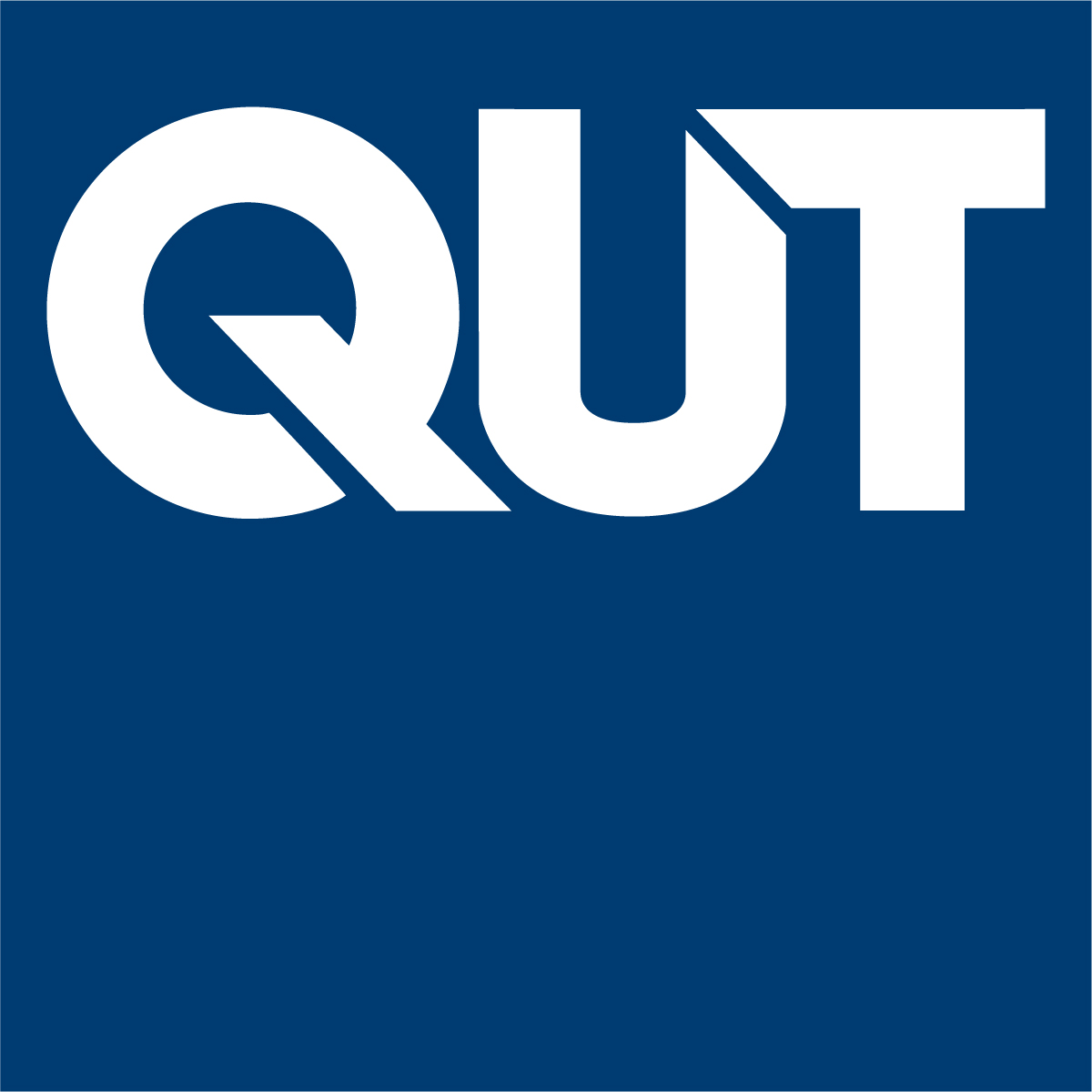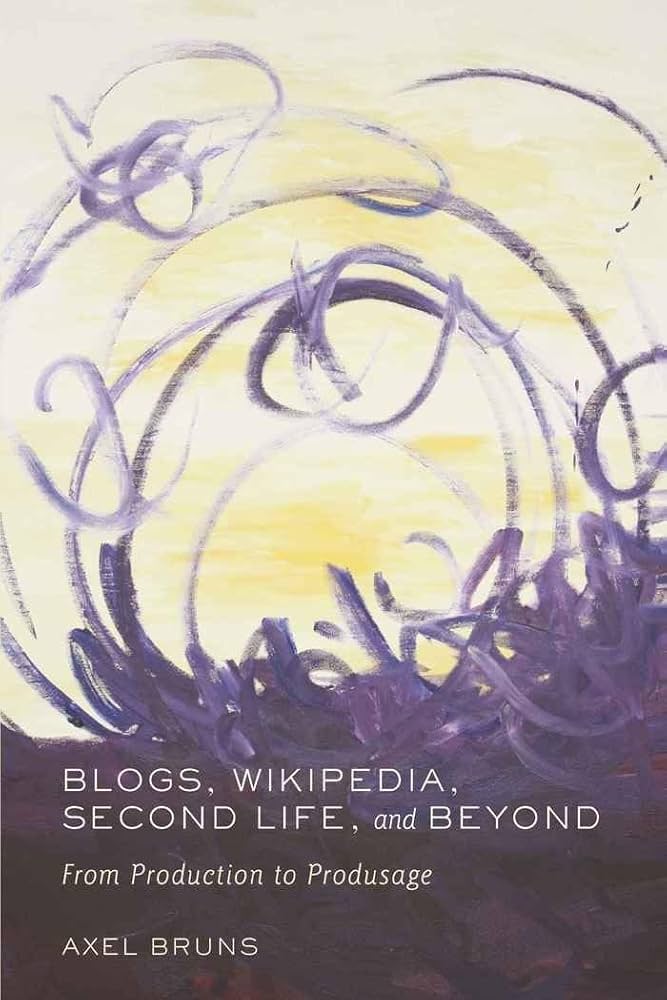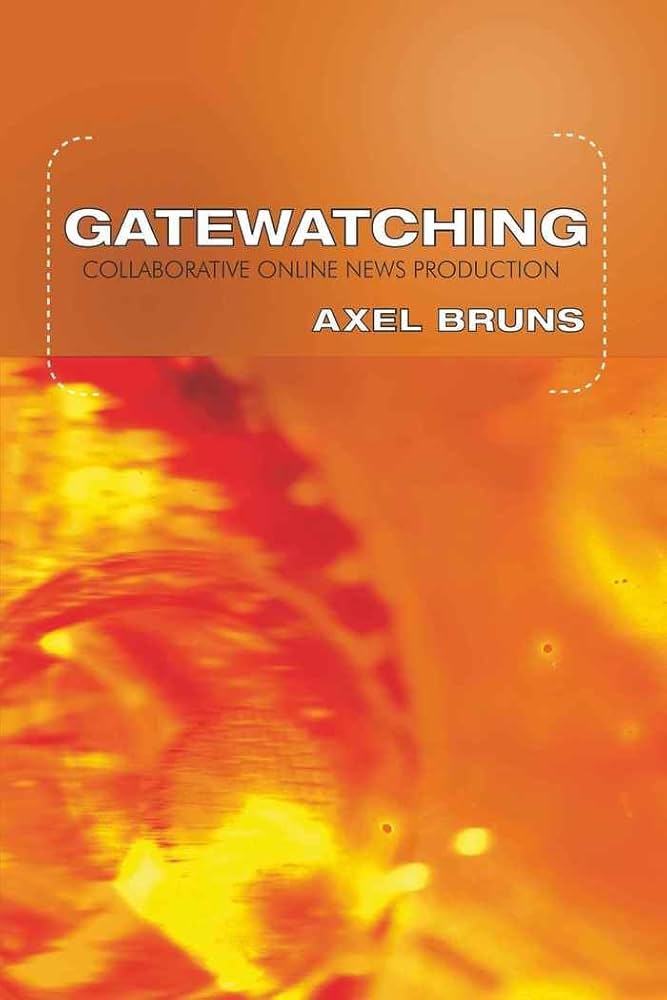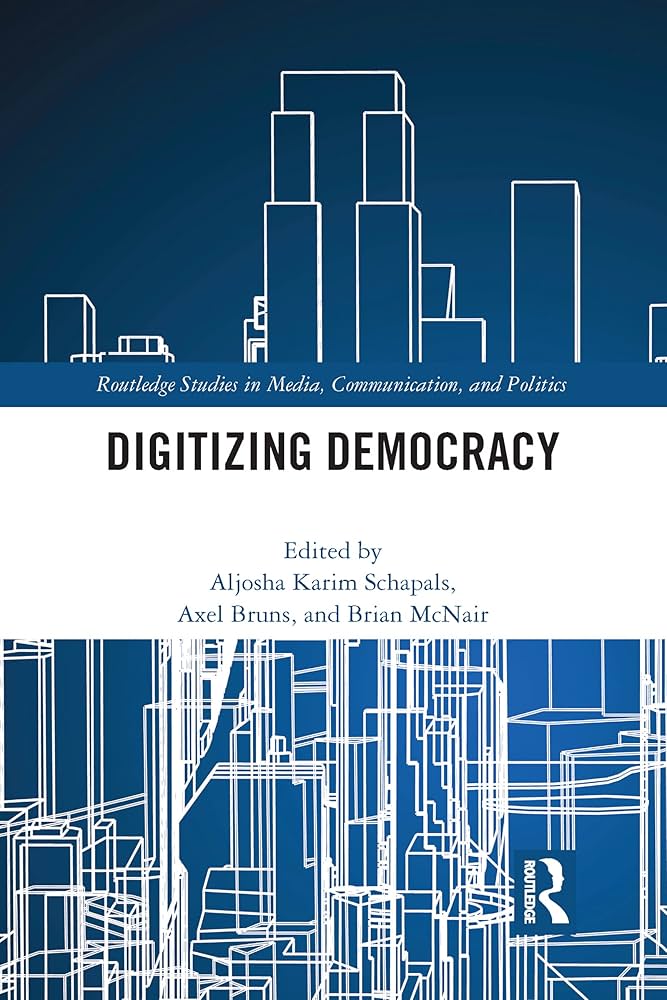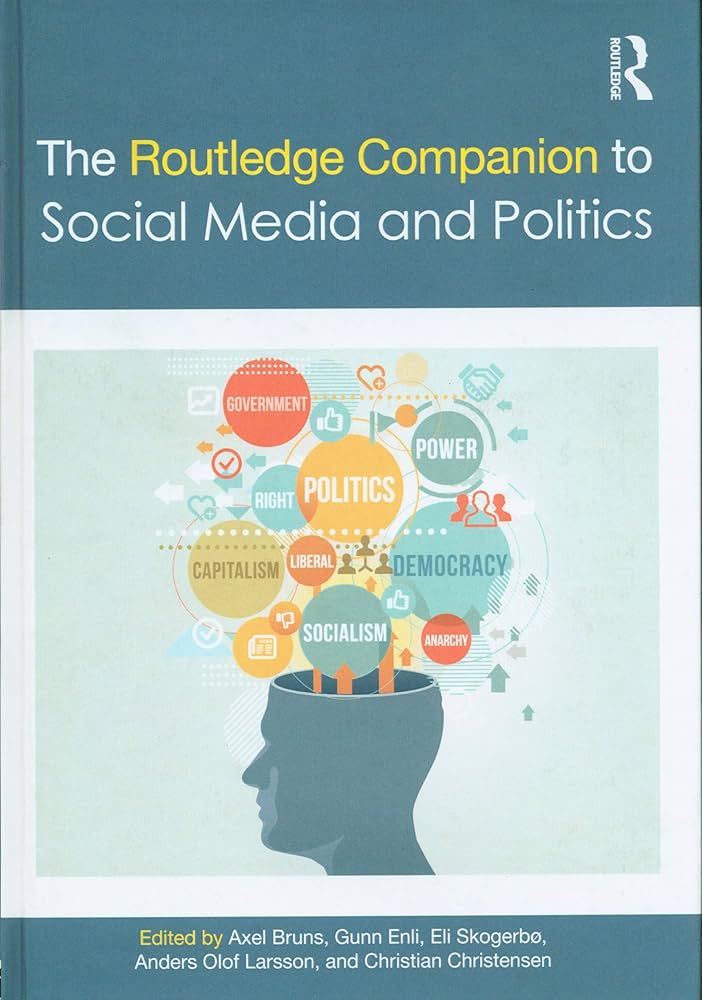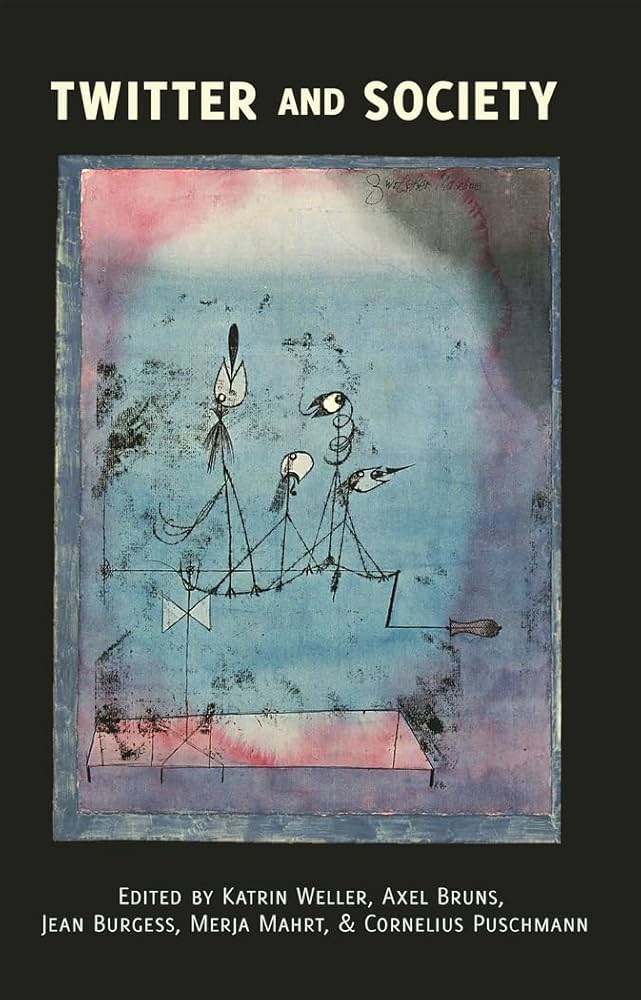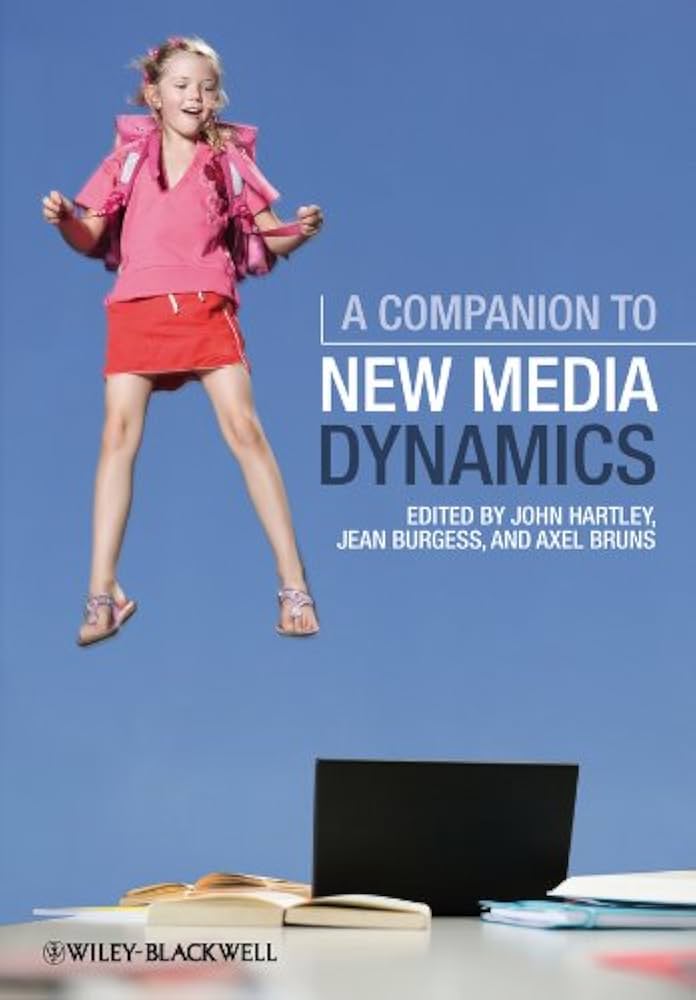OK, so I'm afraid I missed the first paper by Ching-ya Lin in this Social Media and Society session on journalism and propaganda because I was talking to one of the poster presenters. The second speaker is Ebru Kayaalp, who takes an actor-network theory approach to the study of the propaganda wars between the U.S. and ISIS.
The focus in existing studies is very much on how terrorists use and exploit social media technologies for their purposes, and how this can be opposed. This positions the Internet and social media as a tool, as a device, and these studies build on a relatively simple sender-message-receiver model that relegates the Internet to the role of an instrument relaying the message; only human actors are granted agency over the propaganda process. An actor-network theory angle, on the other hand, involves the Internet itself (and its various components) as distinct actants that have governing capacities; in this case, then, the Internet would also shape the propaganda messages.
ISIS has a substantial online and social media presence; it has various Facebook and Twitter presences, a range of Websites, publishes various online journals, and is seeking to establish its own social networking platform. Its propaganda is highly decentralised, non-hierarchical, driven by human as well as non-human actors, and operating in real time: hubs of ISIS propaganda are distributed all over the world, generating messages at high frequency (with much of this network coordinated from countries such as Saudi Arabia and Iraq); the various provinces set up by the ISIS organisation are relatively autonomous in their media activities; many of its social media posts are generated by a flotilla of bots; and the messages disperse in a networked fashion, in real time, through the interaction of human and non-human agents.
U.S. agencies have been trying to counter this through direct engagement: by responding to and refuting ISIS posts through the "Think Again, Turn Away" campaign. This was criticised as increasing these messages' and accounts' visibility, and as empowering ISIS by addressing them as equals; it also failed because of the mismatch between the centralised, hierarchical, unidirectional and human-coordinated U.S. agencies and the decentralised, networked, multi-directional and mixed-actor ISIS propaganda machine.

